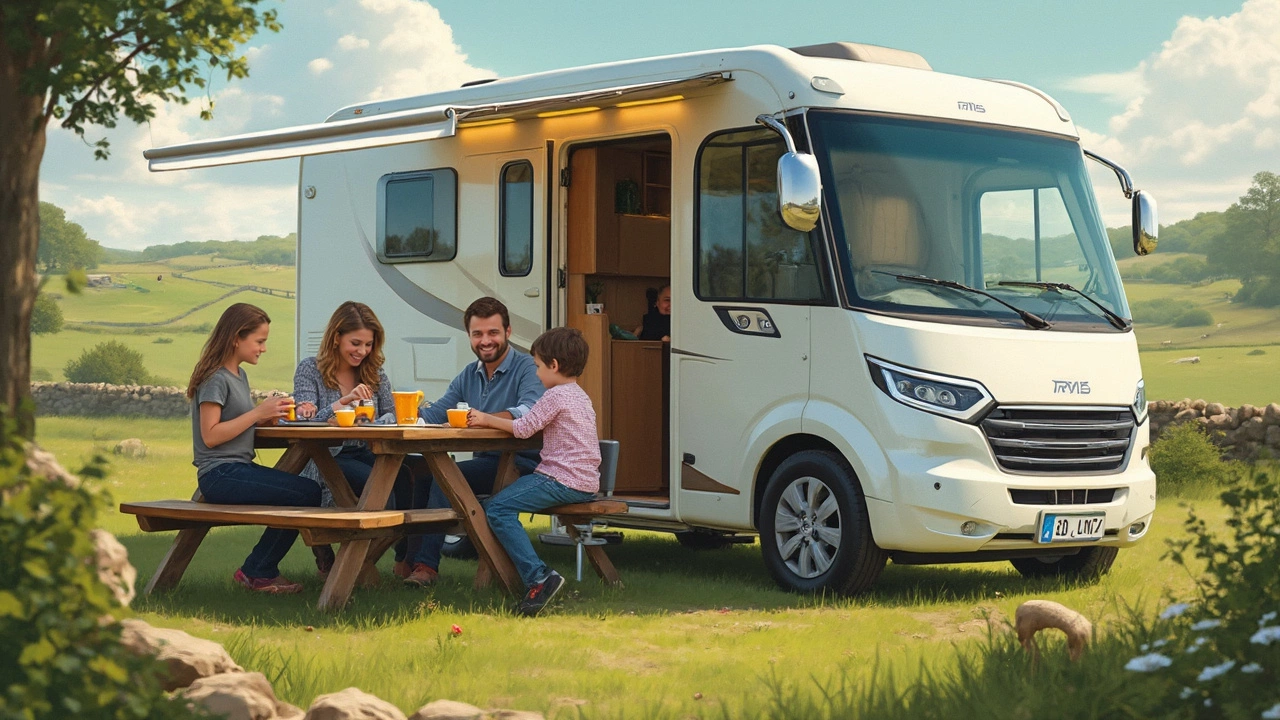Motorhome Expenses – What You Need to Know Before You Hit the Road
Thinking about hiring a motorhome for a getaway? First thing to nail down is how much it will cost you day after day. A clear budget helps you avoid surprise bills and lets you enjoy the freedom of the open road.
We’ll walk through the main cost buckets, share tricks to shave a few pounds, and give you a quick checklist you can copy onto your phone. No fluff, just what matters when you’re planning that next adventure.
Big Ticket Items
Hire or purchase price. The biggest upfront number is what you pay to rent or buy the motorhome. Rental rates vary by season, size, and mileage allowance. Look for off‑peak deals and ask if a longer hire gets a discount. If you’re buying, consider depreciation – a new model loses value fast, so a well‑maintained used unit often offers better value.
Insurance. You’ll need third‑party coverage at a minimum, but comprehensive policies protect you against damage, theft, and even roadside assistance. Compare quotes, check what’s covered under your personal car insurance, and don’t forget to add extra coverage for high‑value gear.
Fuel. Motorhomes guzzle more than a regular car, especially the larger Class A models. Estimate fuel cost by checking the vehicle’s mpg rating and mapping your route. Fill up early in the day to avoid peak prices, and consider fuel‑efficient driving habits – keep speed steady, avoid harsh acceleration, and keep windows closed at highway speeds.
Campsite fees. Campsites charge per night, and rates can jump near tourist hotspots. Look for sites that include electricity and water in the price – it’s cheaper than paying for hookups separately. Booking ahead often secures a lower rate and a guaranteed spot.
Maintenance and servicing. Even rental companies schedule routine checks, but you may still be on the hook for minor issues like tire pressure, oil changes, or cleaning fees. Keep a small maintenance fund handy, and always read the hire contract to know what’s covered.
Everyday Savings
Choose a motorhome size that matches your crew. A 2‑bed unit can be cheaper to run than a 4‑bed model, and you’ll use less fuel.
If you’re comfortable with a DIY approach, bring your own toiletries, cooking gear, and bedding. Many campsites charge extra for laundry or linen hire.
Take advantage of free or low‑cost “wild camping” spots where it’s legal. In the UK, England generally bans wild camping, but Scotland’s Outdoor Access Code lets you pitch on most unenclosed land, saving you campsite fees.
Plan your route to hit multiple sites in one region. Shorter daily drives mean less fuel, and you can often get a bulk discount if you stay a week at the same campsite.
Finally, track every expense in a simple spreadsheet or budgeting app. Seeing the numbers in real time helps you adjust on the fly – maybe skip a pricey restaurant for a campfire meal, or skip an extra night at a pricey site if you’ve already booked a cheaper one nearby.
With these pointers, you’ll have a realistic picture of what a motorhome adventure really costs and how to keep it within your budget. Pack smart, drive safe, and enjoy the freedom of the open road without breaking the bank.
RV Living Costs: How Much Does It Really Take to Live Fulltime in a Motorhome?
Curious about the real costs of living fulltime in an RV? This article breaks down actual expenses like site fees, utilities, travel, and insurance. Find out how different choices and habits can make or break your budget, and pick up simple tips to keep your costs in check. We'll look at what drives up costs and how full-timers save money. By the end, you'll know what to expect and how to avoid the most common money traps on the road.
